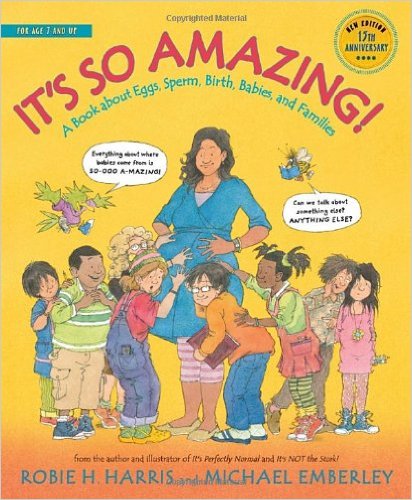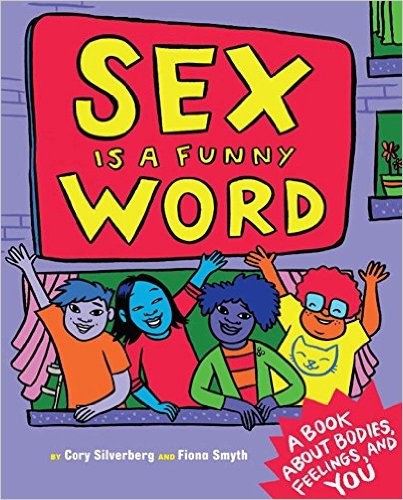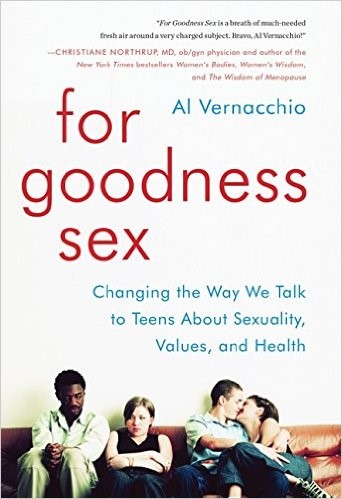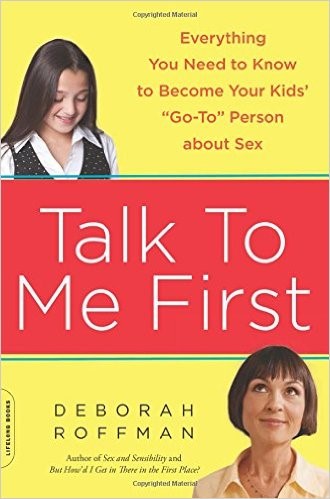Porn Is Not Sex Ed
- 6
This video acknowledges how common it is for young people to stumble upon pornography or to seek it out because they are curious about sex. While young people’s curiosity is completely normal, this video makes it clear that pornography is not a good source of accurate information about sex. Pornography often features white actors with dramatically enhanced bodies, but in real life bodies come in a range of shapes, sizes, colors and abilities. Pornography also uses special effects, like those you might see in a superhero film, to have things happen that could never happen in real. Pornography can also feature sexual behaviors with no mention or use of safer sex or contraceptive methods. Pornography can also show people with vulvas having multiple orgasms over and over again, but this does not happen in real life. Scenarios in pornography also often include people engaging in sexual behaviors who have just met and don’t know one another. Most people find that sex feels better when they are in an intimate and caring relationship with a partner. [AMZ-116]
Youth
Pornography—sometimes called porn—is any material that is designed to cause arousal or sexual feelings for the person reading or viewing it. Porn is very common online and generally includes pictures or videos of people who are naked and/or engaging in sexual acts. It is completely normal to be curious or feel sexually excited when looking at porn. However, keep in mind that porn is meant to be viewed by adults.
Sometimes when searching the internet, you may come across pornography. What’s most important to remember is that porn—just like many shows and movies—is pretend. Actors and the behaviors in porn are not realistic because porn often exaggerates what bodies and sex are like in real life. Don’t expect people’s bodies to look or behave in those ways in real life, including your own.
If you come across porn and have questions, it is always a good idea to talk to a parent or trusted adult.
FAQs
No, porn is a fantasy. It is not like real life just like some movies and shows. Some people like to watch or look at sexual images in porn because they have questions about what sex is supposed to be like or the images get them sexually excited, and others don’t like to watch porn. But remember that porn is meant for adults and is not real, so it should not be considered a reliable source of information about sex.
Porn often shows unrealistic images including the size of genitals and breasts. What you should remember is that people come in different shapes and sizes, and that makes everyone special. Some people have larger penises or breasts and some have smaller penises or breasts. Either way is completely normal and just right!
While some young people might think that watching porn may be a good idea to help them learn about sex, it is not a substitute for comprehensive sex education. Porn can mislead people into thinking that sex is something that it isn’t in real life. Remember porn is fiction. Young people are better prepared for sex later in life when they have good sex ed at home and in school.
Parents
There is no consensus among researchers about the impact of pornography on young people’s attitudes and relationships, but at some point, many young people will accidentally stumble upon sexually explicit images or pornography online. One way that adults can help prepare young people, if and when they do come across this content, is to talk with them. Acknowledge that there is content online that is not appropriate for them and speak openly with them if you find they have seen pornography.
If your child stumbles upon porn, it’s important to affirm that it’s not their fault, so that they don’t feel guilty about what they’ve seen. If your child has sought out this content, normalize the desire and curiosity around looking at porn. This can help minimize shame and secrecy.
It is also important to explain that porn is fiction and what they see in porn is not how sexual experiences are in real life. The body types they see in porn can be unrealistic, and some of the sexual behaviors are not common in many romantic relationships. The examples of sexual relationships that lack intimacy, trust and respect don’t reflect what is healthiest for most people. It is important to provide information to help children put what they have seen in context and to redirect them to information they can trust. Use this as an opportunity to educate them instead of disciplining them.
CONVERSATION STARTERS
If you start essential conversations about topics like pornography with your children, then they will know they can come to you with questions. The easiest way to start these conversations is to talk about issues as they come up in everyday life.
Here are some ways to start these conversations:
When speaking with your child about internet safety, talk about the fact that there are some things online that are inappropriate for children. Remind your child that if they come across anything that makes them uncomfortable or that they don’t understand, they can always come to you with questions. You can also use this as an opportunity to educate your child about what porn is and why it might not be a good idea for them to look at it, especially as an adolescent.
If you come across your child viewing porn, be sure not to shame or punish them. Some parents may decide that revoking the child’s computer privileges is fitting in these situations, but this may lead to your child being less likely to come to you in the future with questions about things they see or hear online, including bullying. You can use this as an opportunity to educate them about what porn is and why it might not be a good idea for them to look at it, especially as an adolescent.
Educators
There is no consensus among researchers about the impact of pornography on young people’s attitudes and relationships, but at some point, many young people will accidentally stumble upon sexually explicit images or pornography online. One way that adults can help prepare young people, if and when they do come across this content, is to talk with them. Acknowledge that there is content online that is not appropriate for them.
.
It is important for educators to provide lessons that explain that porn is fiction and that what students see in porn is not how sexual experiences are in real life. The body types they see in porn can be unrealistic, and some of the sexual behaviors are not common in many romantic relationships. The examples of sexual relationships that lack intimacy, trust and respect don’t reflect what is healthiest for most people. It is important to provide information that helps young people put pornography in context and then redirect them to information they can trust.
Discussion Questions
- Did anything in this video surprise you?
- How has watching this video changed your ideas about porn?
- If you come across porn, how might you respond/react now that you have this information?
National Sex Education Standards
Evaluate the impact of technology (e.g., use of smart phones, GPS tracking) and social media on relationships (e.g., consent, communication)
Demonstrate strategies to use social media safely, legally, and respectfully
Explain the impact that media, including sexually explicit media, can have on one’s body image and self-esteem




